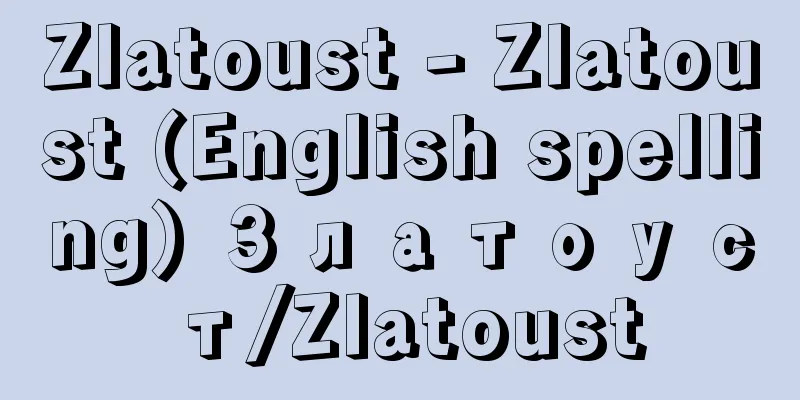Stone mound - Tsumiishizuka

|
A type of burial system from the Kofun period. In contrast to burial mounds built with piled-up earth, burial mounds built by piling up stones are called stone mounds or ishizuka. They are also called cairns and are found all over the world. Most of them are circular, but there are also square, keyhole-shaped, and medium-circular tumuli. In Japan, they are found in Kyushu, Chugoku, Shikoku, Tokai, Chubu, and Kanto regions, and their distribution varies by region. There are two periods of stone mounds in western Japan: early and middle Kofun periods from the 4th to 5th centuries and those built in the late 6th and 7th centuries, while in eastern Japan they were built from the middle and late periods to the end of the Kofun period. There are two theories about the origin of stone mounds: one is that they were introduced from the Korean peninsula, and the other is that they were created due to differences in location and environment, where stone materials were easily available. Famous ones include the Omuro Tomb Group in Nagano Prefecture, the Yokone Tomb Group in Yamanashi Prefecture, the Hatagashirayama Tomb Group in Aichi Prefecture, the Iwaseoyama Tomb Group in Kagawa Prefecture, and the Mishima G-Combo Tomb Group in Yamaguchi Prefecture. [Hatsue Otsuka] Nationally designated historic site, Hagi City, Yamaguchi Prefecture ©Yamaguchi Prefecture Tourism Federation Mishima G-Combo Burial Mounds Source: Shogakukan Encyclopedia Nipponica About Encyclopedia Nipponica Information | Legend |
|
古墳時代の墓制の一種。盛土(もりつち)で墳丘を築く古墳に対し、石を積み上げて墳丘を構築する古墳を積石塚または石塚とよぶ。またケルンcairnともいい、世界各地に分布する。墳丘形態は円墳が多いが、方墳、前方後円墳、双方中円墳もみられる。わが国では九州、中国、四国、東海、中部、関東の各地方に及び、地方によって分布に濃淡の差がある。西日本の積石塚には4世紀から5世紀に属する前・中期古墳と、6、7世紀の後期に造営されたものの2時期があり、東日本では中・後期から終末期にかけて築造されている。積石塚の生成は朝鮮半島の墓制の渡来とする説と、石材の容易に入手しうる立地環境の差から生ずるとする説がある。長野県大室(おおむろ)古墳群、山梨県横根(よこね)古墳群、愛知県旗頭山(はたがしらやま)古墳群、香川県石清尾山(いわせおやま)古墳群、山口県見島(みしま)ジーコンボ古墳群が有名である。 [大塚初重] 国指定史跡 山口県萩市©一般社団法人山口県観光連盟"> 見島ジーコンボ古墳群 出典 小学館 日本大百科全書(ニッポニカ)日本大百科全書(ニッポニカ)について 情報 | 凡例 |
<<: Tsumiire (fish cake) - Tsumiire
>>: Sin - tsumi (English spelling) sin English
Recommend
Kickri - Kick
...The names of the gods of oaths in the treaty d...
Labroides dimidiatus
A marine fish of the family Labridae in the order ...
Rapid eye movement
… REM sleep alternates with non-REM sleep at appr...
Amboinagai (English spelling) geographer cone
A gastropod snail of the family Conidae in the cl...
Messalina - Valeria Messalina
Wife of the ancient Roman Emperor Claudius I. At ...
Kitano - Kitano
It was one of the fields scattered on the southern...
Crown gall disease
A plant disease caused by the plant pathogen Agrob...
Catacnemata - Kentourui
〘Noun〙 Another name for the Labyrinthodont subclas...
Bottle kiln
…Similar kilns can be seen in ancient Egyptian re...
Eucheuma striatum (English spelling)
…[Mitsuo Chihara]. . . *Some of the terminology t...
Tentacle animals
The name of the phylum Tentaculata in animal taxo...
Aula Regia (English spelling) Aula Regia
…Only the hot baths remain in their original form...
Philip Morris Inc.
America's largest tobacco manufacturer. Owns b...
Fixed-price trade law
A system that was adopted in Nagasaki trade from 1...
Return - Replacement
In local Edo-period jargon, this refers to restori...









